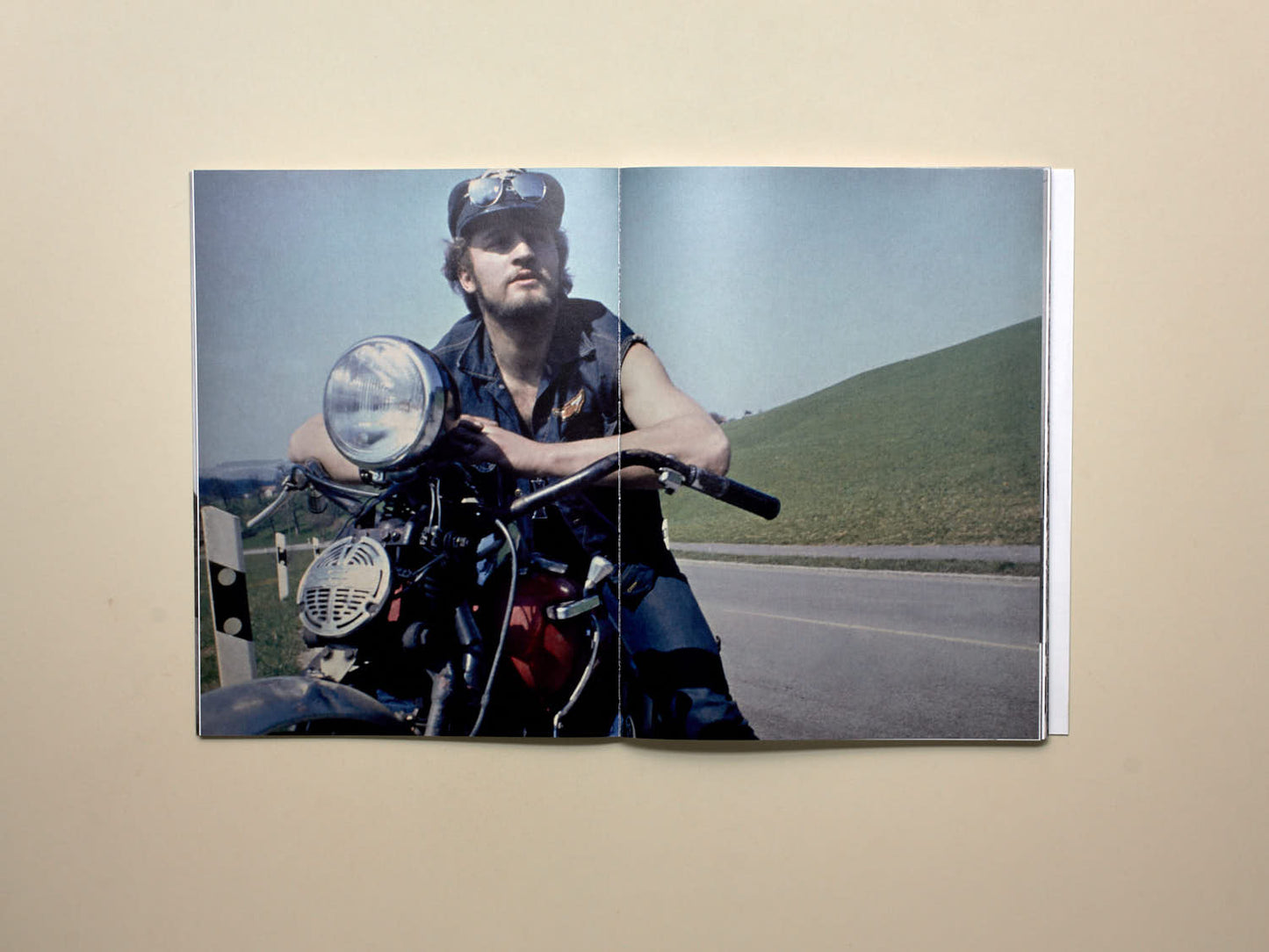Couldn't load pickup availability
Karlheinz Weinberger saw something in the teenagers and rockers that was hidden from everyone else at the time and he wanted to capture it. Society, which only saw the juvenile delinquents with long hair and bad tattoos, not the actual person, who mainly tried to reproduce the poses of the role models from the early biker films.
Weinberger always treated them correctly, former members of the Lone Stars, the "gang of thugs" from which the Hells Angels later emerged, told me. He was always there with his camera, on the sidelines and yet right in the middle of things. He was particularly appreciated because he generously distributed the prints of his pictures. Weinberger's photographs therefore appear again and again in the photo albums of his protagonists. Those albums were to them what the Instagram feed is to today's teenagers. Nothing was as important as the picture. The image of themselves as a “wild" gang member.
Karlheinz Weinberger's photographs stand out when you leaf through these albums. No matter how often and how enthusiastically the youngsters photographed themselves, the picture they took of themselves was blurred and lacking in contours. Only the outsider Weinberger succeeded in showing that they were more than "rebels without a cause". He had them pose for his camera and at the same time exaggerated the pose with photographic means. He saw the beauty behind the martial appearance. The pride and vulnerability that the early rockers tried to hide behind their patched-together uniforms and huge belt buckles. And of course the eroticism that reverberates like an electric current through all his work.
By the end of the sixties, when the “Halbstarke” (see KHW Vol. 1) turned into the first biker gangs, Weinberger had long since turned into the "court photographer" of the scene. He was there when the Lone Stars turned into the Hells Angels. He took photos at the first big rocker gatherings, which still had the charm of the legendary Whitsun gatherings of the bikers on St. Peter's Island in Lake Biel. He was asked to attend weddings and funerals, and was invited to club openings and trips. And Weinberger took photographs: as always on the sidelines and yet as an important part of this "movement", which over time moved further and further away from its anarchic beginnings.
From a vast amount of negatives and slides, selected in the archive of the Karlheinz Weinberger Foundation in Zürich, Sturm & Drang is proud to present Rocker, Volume 4 in the ongoing series of treasures from the KHW archive.









